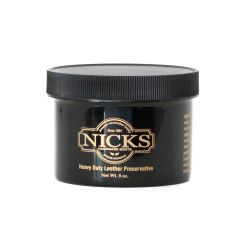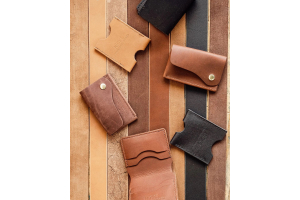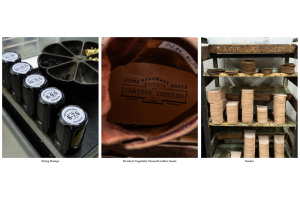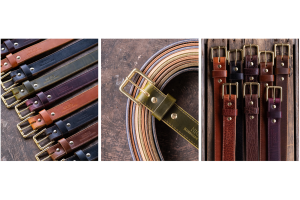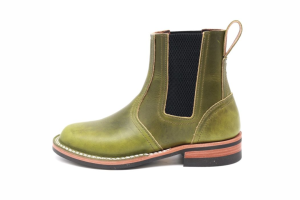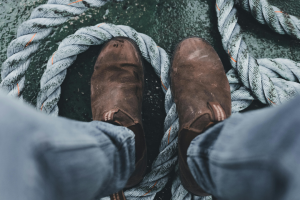How To Restore Leather Boots After They've Gotten Beat Up With Work
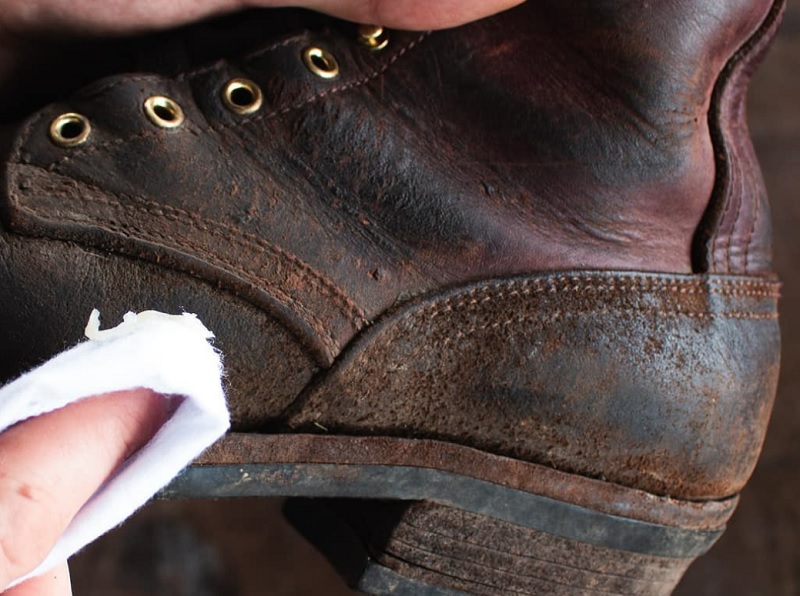
If your boots have gone awhile in between getting attention, or if your boots have gotten the heck beaten out of them working, you might need to know how to restore leather boots to their lustery glory. It usually isn't hard, but does take a bit of patience, a bit of elbow grease, and some materials.
Granted, this is for a light restoration. If more work is needed, your best bet is to have your boots worked on by a shop or company that specializes in leather boot repair for a resole or rebuild, if needed.
That said, let's go over what you need to do in order to restore leather boots.
How To Restore Leather Boots: Start By Cleaning Them
The first step in how to restore leather boots is to clean them, unless of course they happen to be immaculately clean when you get them. Some people will buy used leather boots or shoes and restore them, especially vintage leather, but let's presume that yours were dirtied up and beaten by working.
Serious work boots that get put to use doing hard work are going to take a beating, so you might want to restore them at some point to keep them in good working order.
The best thing to use is saddle soap. Saddle soap is a natural product, literally a puck of lanolin soap with a few additional natural ingredients, that's used to clean and condition leather.
How you use it is rather simple.
You start with a clean, damp cloth. Pop open your tin of saddle soap - we recommend Fiebing's brand - and work up a lather on the puck of saddle soap in the tin. Take the lathered cloth and start cleaning your boots. Add more lather as needed.
The thing with saddle soap is that you don't need to rinse it off. In fact, you're not supposed to; lanolin, which is used in a lot of skin and hair products, helps to hydrate the leather. Just use it to clean the boots or shoes and then wipe away the excess.
Depending on how dirty your boots are, you may need to repeat the treatment a few times until all the dirt, dust, muck and grime is cleaned off. Wipe off the excess and let them air dry.
After a cleaning, it's time for the restoration to begin.
Restoring Leather Boots: Time To Oil Or Grease

The next step in how to restore leather boots is to apply a nourishing compound such as leather oil or leather grease to hydrate the leather.
You wipe down your boots with oil or boot grease, and give them a good uniform coat. Take care to get oil at the welt as well, to nourish the leather at the seams of the boot.
Once you've given your boots a good coat, let them air dry. After a few hours, or even overnight, pick them up and have a look and a feel. If the leather still feels dry to the touch, they need another application.
At this stage, you might be done...or your work may have just begun.
How To Restore Leather Boots: Roughout vs Grain Leather
Are your boots grain leather or roughout?
Roughout leather is still dyed, so it isn't a color. Roughout is the fleshy underside of the hide, and a lot of work boots are made in roughout leather because the grain side of the hide would get too beat up.
If your boots had a fuzzy look to them when brand new, they're roughout. If they were smooth leather, then you've got the grain side.
Here's the good news if you have roughout: you're basically done. You can't really go further than cleaning and oiling or greasing. However, if your boots are grain leather...you got some more work to do.
Cream And Polish To Restore Your Leather Boots
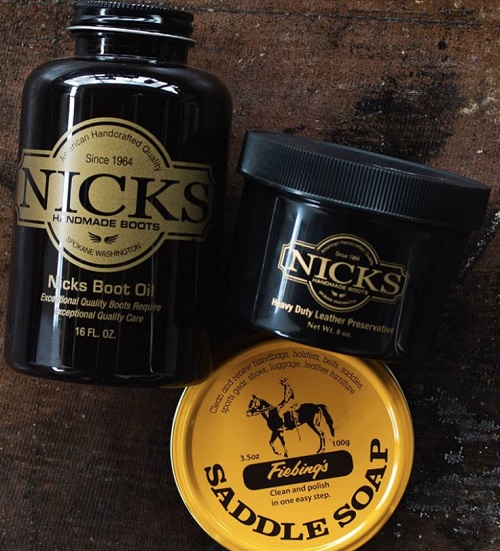
Smooth leather that's obviously taken a beating should at least get some attention to any cracks or scuffs.
Polishing is up to you; polishing leather boots that are just going to get covered with dirt, mud and other debris at a job site is just silly. However, applying some boot cream followed by a coat of boot grease would be a good idea.
Boot cream or cream polish is a soft cream that's the same color as the leather of your boots. If your boots are black, get black, if dark brown you want to get dark brown and so on.
You work it into the leather like spreading mayo on a sandwich. Give the leather a good uniform coat, working it into the surface and spreading it out. This will fill in the cracks, scuffs and scratches in the surface, smoothing out the finish and hydrating the leather. Be sure to wipe away any excess.
After applying the cream, let them air dry for a couple of hours.
If you don't intend to polish your boots, apply a leather preservative like boot grease to your boots. Lay on a good uniform coat, wipe away the excess and let them dry overnight. You're good to go.
However, if your boots are a little dressier, and you want their appearance to match, this is the point at which you want to use a wax polish. Apply with a circular pattern, spreading the polish evenly across the boot, and wipe off the excess.
You can do a simple buff for a duller shine, or shine your boots for that high mirror sheen on the toe cap and heel. Bear in mind that you don't shine the leather; you build up a layer of polish on the boots and that is what you shine.
How To Restore Leather Boots That Need Substantial Repairs
That said, how to restore boots that need serious repairs?
To do that, you'll have to actually have them repaired, which requires the services of an actual shoe repair or boot repair shop.
Most shoe repairs are typically a resole, as that's the part of shoes or boots that wears out more than anything else. Depending on the design of your shoes or boots, it may not be possible.
Quality leather boots can be resoled, as a boot that's actually designed to last will use a welting method to attach the outsole to the lower and upper that allows for the sole to be removed and a new one attached. High-quality dress shoes, fashion boots and work boots will have a Goodyear or other lockstitch welt that allows the bootmaker to take the sole off and stitch a new one on.
More substantial repairs may require a complete rebuild.
In that case, you want the original manufacturer to perform the repairs if at all possible. Here at Nick's Handmade Boots, we perform resole and repair services for our customers who have bought our boots...and we've even done resoles and rebuilds on other work boot brands on occasion.
After all, if you want something done...it might as well be done right.
